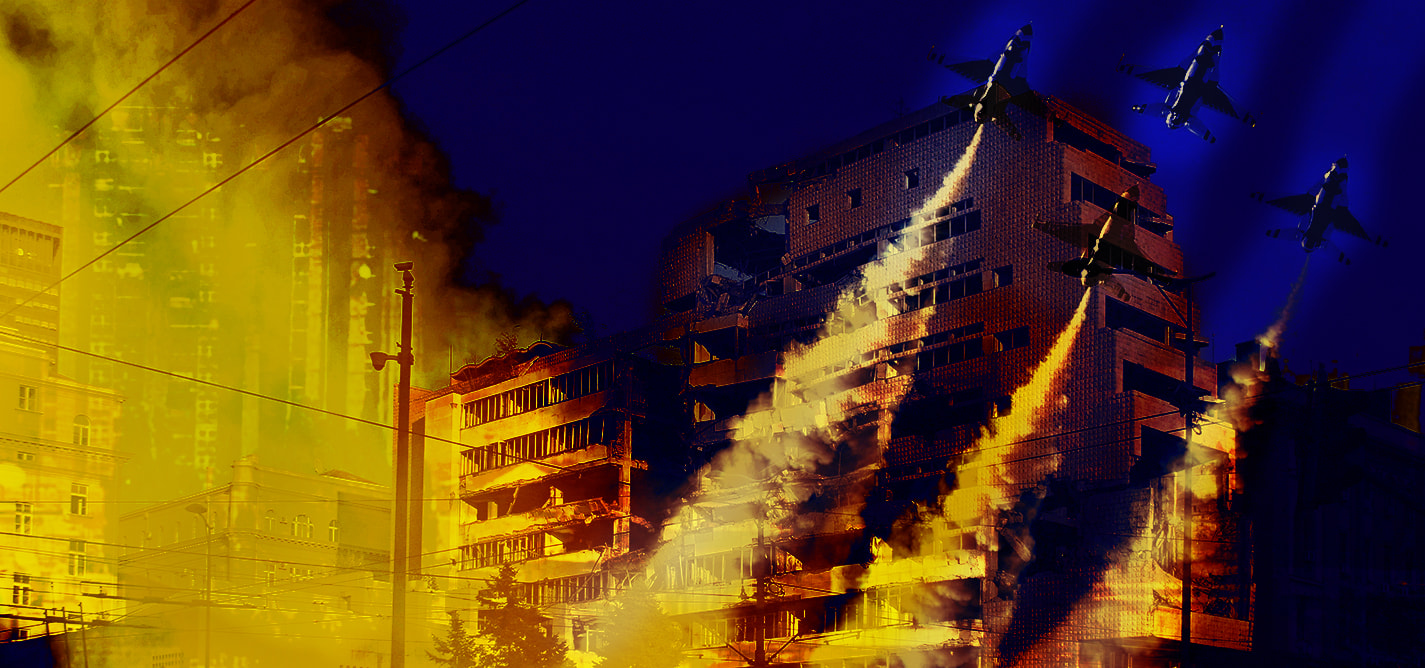
Our children are learning distorted stories of Serbia’s past
How Serbia has drawn a veil over one part of its history.
|10.04.2019
|
It’s all there in black and white; a great number of the facts from this time have been confirmed — beyond any reasonable doubt.
But Prishtina, Peja, Izbica and Beleg are absent from the history textbooks used in primary and secondary schools across Serbia.
Both the cases brought before the ICTY and the victims’ names included in the Tribunal’s numerous judgments are given the cold shoulder in history classes held in 21st-century Serbia.

Jelena Krstic
Jelena Krstić works for the Humanitarian Law Centre — Serbia. She is in charge of the Education Programme on Transitional Justice as well as of the Public Information and Partnership Development sections. In addition to holding a bachelor’s degree in political science, she has taken a number of informal courses on human rights, peacebuilding and transitional justice. She has also completed master’s studies in international security.
DISCLAIMERThe views of the writer do not necessarily reflect the views of Kosovo 2.0.
This story was originally written in Serbian.